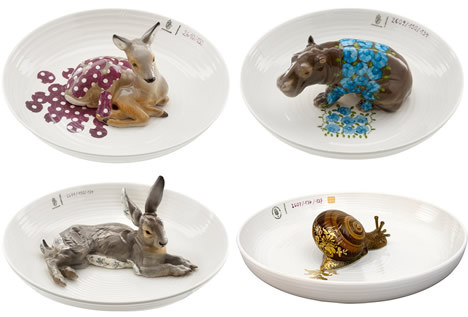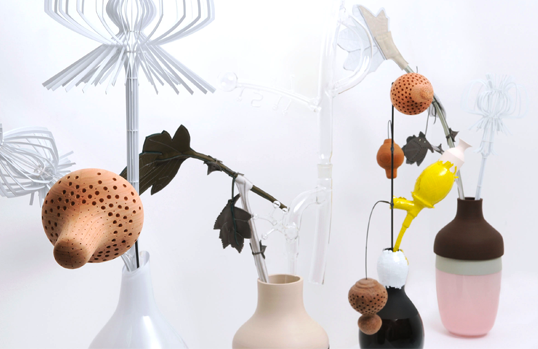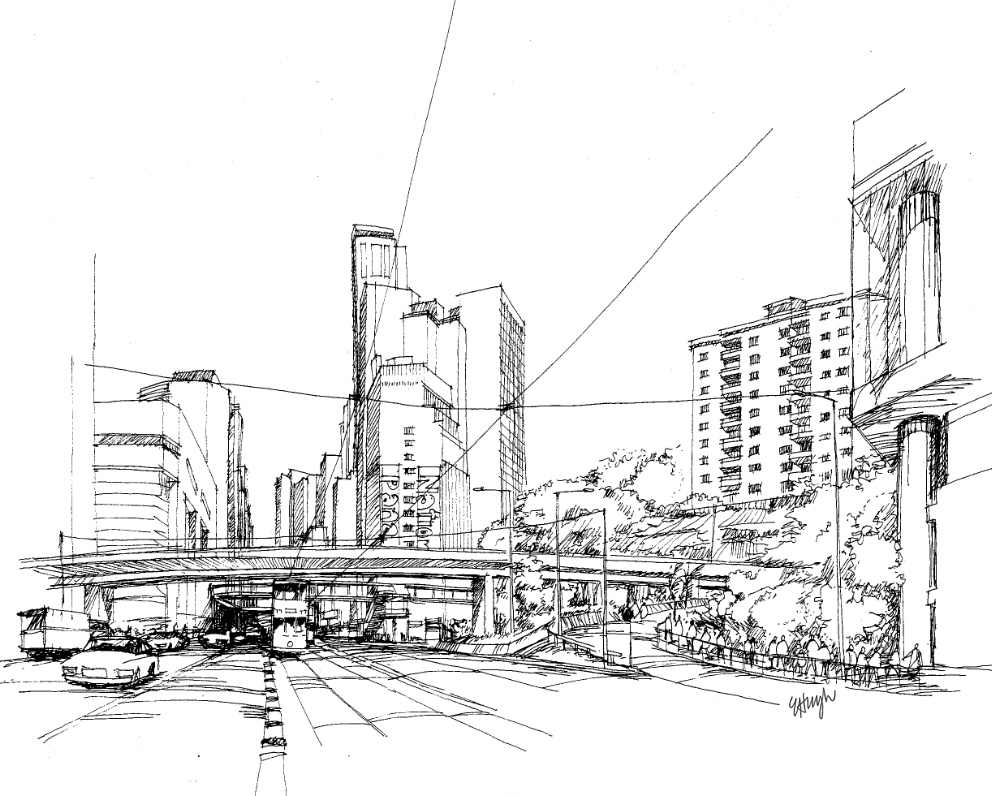What is Aqua Creations?
Aqua
Creations ir unikāls un estētiski neatvairāms izraēļu dizaina ateljē, kas veltīts oriģinālu
gaismas ķermeņu un mēbeļu izveidei. Viegls trauslums, maigs pieskāriens un
sildoši romantiska gaisma jebkuram interjeram.
Aqua apvieno
māksliniecisko vērtību un kvalitāti. Ateljē rada mākslas darbus, kas funkcionē
kā dizaina objekti. Aqua gaismas ir
skaisti izveidotas un detalizētas, izmantojot advancētākās un ilgtspējīgākās
gaismu tehnoloģijas. Kompānijas mēbeļu tapsējumi ir rokām veidoti un apstrādāti,
gluži kā augstās modes apģērbi.
Kompānijas vadītājs Albi Serfaty stāsta, ka ideja
par Aqua radās, kad viņa sieva Ajala
gaidīja abu pirmo meitiņu. Apziņa, ka visa dzīvība sākas ar ūdeni, iedvesmoja
Ajalu radīt pirmo funkcionālo mākslas darbu kolekciju, kas attīstījās par pašas
Ajalas vizuālo valodu un padarīju viņu par vienu no organiskā dizaina
pionierēm. Ajala kopā ar Albi izveidoja Aqua
zem viena jumta, jo vēlējās vadīt visus radošā procesa un ražošanas
elementus. Abi izveidoja ateljē 1994. gadā, strādājot no mājām, kas darbojās
arī kā Ajalas mākslas studija un Albi fotogrāfijas studija. Šodien Aqua Creations atrodas 4500
kvadrātmetrus plašās telpās, kas agrāk piederējušas beķerejai. Uzņēmums
dizainē, attīsta, ražo un izplata savu produkciju no vienas lokācijas,
saglabājot uzticību savām sākotnējām vērtībām. Visi Aqua produkti ir veidoti ar rokām, prasmīgi amatnieki individuāli
veido katru priekšmetu, ar rūpēm un cieņu izturoties pret kompānijas
tradīcijām.
Palielinoties pieprasījumam, Aqua, sadarbojoties ar plašu arhitektu un interjera dizaineru
tīklu, projektē un ražo katrai vietai jebkura mēroga individuālas gaismas
instalācijas. Šobrīd Aqua turpina
pētīt izpausmes veidus kopā ar jaunu, talantīgu dizaineru komandu, kā arī
turpina ieviest jaunus materiālus, tehnikas un formas. Lai arī Ajala joprojām
veido arī ateljē ražojumu dizainu, viņa
tagad koncentrējas uz izpēti un rada unikālus, ierobežota skaita priekšmetus
pati savā vārdā.
Zīda apgaismojums
Apgaismojuma skulptūru monumentālie apmēri
kombinācijā ar izsmalcinātu zīda auduma izmantojumu gadu gaitā ir kļuvis par Aqua Creations firmas zīmi. Rezultāts ir
izsmalcināti šūtas lampas, kas rada jaunu apgaismojuma dimensiju. Visi lampu
abažūri no Silk Lighting kolekcijām
ir radīti no ar rokām krāsota, apstrādāta un burzīta zīda, kurš ir
ugunsizturīgs un atvaira pelējumu. Zīds ir pārvilkts metāla struktūrai. Aqua audumi ir krāsoti ar rokām, tāpēc
to toņi var nedaudz atšķirties.
Kad gaismas ķermeņi ir iedegti, zīda krāsas mainās,
atkarībā no spuldzīšu gaismas gaismas tonējuma. Lai radītu laikmetīgu
atmosfēru, Aqua izmanto atšķirīgas
spuldzītes atšķirīgiem toņiem.
Aqua
Creations is a unique and aesthetically irresistable Israeli design atelier devoted to
creating original light objects and furniture. Light fragility, soft touch and
warming romantic light for every interior.
Aqua
Creations is a perfect combination of artistic values and quality. The
atelier
creates art pieces that function as design objects.
Aqua lights are beautifully
made and detailed, using the most advanced and
sustainable lighting
technology and the upholstery is hand worked and
finished, like a haute
couture garment.
The idea of Aqua
started in 1991 during the company’s director’s Albi Serfaty wife’s Ayala’s
pregnancy with their first
daughter. The notion that all life starts in water
lead Ayala to create the first
collection of functional art pieces, which
developed into Ayala’s own visual
language and positioned her as a pioneer of organic
design.
The couple built Aqua under one roof because they wanted to direct all
elements of creativity and production.
They started the atelier in 1994
working from home, which also functioned as Ayala’s
artist studio and Albi’s
photography studio. Today the company is located in
a 4500 square meter former
bakery. They design, develop, produce and distribute
from one location and
are loyal to the same values as when they started.
All Aqua pieces are
handmade to order by skilled artisans who craft
each piece individually,
with utmost care and respect for our heritage.
With increasing demand for bespoke design and with
an extended network
of architects and interior designers, Aqua is committed to design and
produce site specific lighting installations of any
scale.
Today Aqua
continues to explore this sensibility and expression with a
group of talented designers and continues to
introduce new materials,
techniques and forms. While Ayala continues to
design for the atelier, she
focuses on research and creates unique and limited
edition pieces under her
own name.
Silk Lighting
The monumental scale of lighting sculptures
combined with the exquisite
use of silk fabric has become Aqua Creations’ trademark over the years. The
result is sophisticated tailored lamps that reveal
a new dimension in lighting.
All lamp shades in the Silk Lighting Collections are made of hand dyed,
treated and crushed silk that is resistant to mold
and fire. The silk is
sculpted over a metal structure.
As Aqua
fabrics are hand dye, hues may vary slightly.
When lit, the silk colors change with use of warm
or cool white bulbs.






















